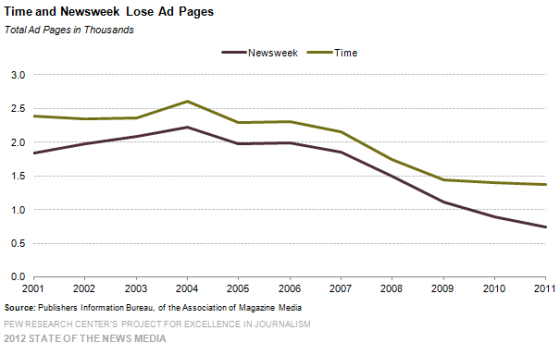As the print media gradually makes its way to online media, the issue of advertising comes to mind. Advertising has consistently, and still is, the number one source that powers print media. Advertisements are what fund the industry as well as keep it alive. If readers begin to diminish from a magazine or newspaper, advertisers will lose interest in funding for them. The print eventually has no way to continue its production and thus it either chooses to struggle or it calls it a quits. But what happens when these print sources evolve into being online based? What has happened to advertising as the Internet is expanding? Is it nearly as necessary as it was when it was being relied on by print sources?
As I was reading through some other favored blogs earlier this week, I found a story about Facebook. Facebook is interesting. The founder Mark Zuckerberg, the history, the traffic and popularity. I mean, hell, there’s a movie about it. I really good one at that. As a dedicated user personally and in the workplace- I was a marketing intern for a program at my University- I have found just how important social media is as a form of advertising. Advertising through status updates might be a way to traffic readers, but it does not take the cake. Facebook uses advertisements from big corporations to small, local businesses. Anyone can buy an ad, but there have been recent issues surrounding the advertising on Facebook.
How does Facebook exactly quote how much you pay for an advertisement? Interesting question, huh? You didn’t think about it did you? In this particular story, Paul Bradshaw noticed the advertisement through “pay per click” went up 800% in a over a week. If this makes you curious just like it made me curious, you’ll be pleased to hear that it also made Bradshaw curious. Him and his ad campaign decided to literally sit down next to each other and make an identical Facebook ad. Toward the end, the quote was drastically different. The previous profile was quoted 11 times higher than the new, but identical profile. But why?
My theory simply stemmed from the traffic the actual profile has already received. Bradshaw has attempted to get in touch with Facebook, but has had no luck.
Moreover, Facebook ads continue to leave people questioning the motives and morals behind the company. Just last week, an issue regarding the “Statement of Rights and Responsibilities” involving advertisements began to perk users ears. To put it simply, Facebook has began to use your personal profile picture to target ad campaigns. What’s this mean? Your profile picture and name will show up saying you’ve liked a specific brand or company on Facebook. This will be shown to your friends to further advertising and, in turn, get more clicks on the advertisement. What do you get out of this? Nothing.
Now is this invading your privacy? Is this unfair that you are basically advertising against your own will and receiving absolutely nothing for it? When put that way, it does make me question what I could be getting out of this. Aside from that, I see the issue as small. If a user chooses to “like” a specific brand because, well, they like that brand, then what’s the harm in that popping up on your friend’s, let me emphasize “friend” and not “stranger” or “random profile”, newsfeed? You don’t intentionally like a page because it is private. Any one of your friends can already see that activity. Facebook is simply using that information as a form of intelligent advertising. Go Facebook, again.
Reg Chua digs deeper into the advertising on Facebook. Chua simply elaborates on the growth of advertising on Facebook. Where advertising used to flourish within news sources or content sources like magazines, it is now moving to places like social media. Why? Because literally almost everyone has a Facebook profile. A larger audience is what makes advertising flourish. Chua brings up a great issue that news sources are going to need to find another source of revenue.
This statement really made me question the future of journalism, yet again. Advertising is still necessary in the journalism world, but the Internet is influencing it to be used in other ways. Even if readers are moving toward getting his or her news from online sources, will advertisements continue to provide as much for this form as they did for print sources? Will revenue for a site still be low and, in turn, have a difficult time funding its writers as well as itself? I sure hope not.




